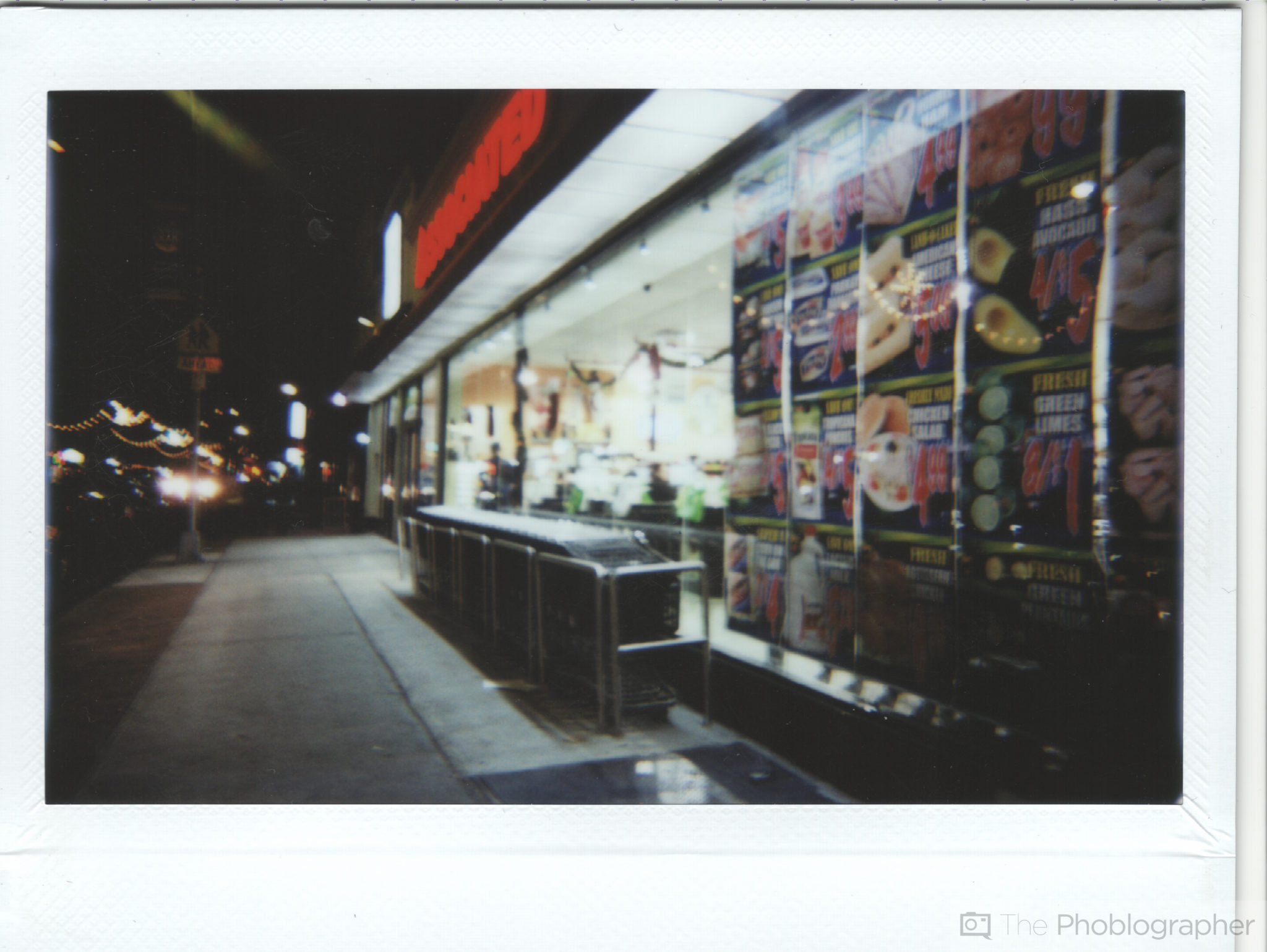There are a large number of photographers these days that started in digital only to get into film later on. So because of this, they don’t exactly always understand things like color theory and detail rendition when it comes to film vs digital. We recently were sent a question from a reader asking about green tones in film. So we asked Kodak about it.
Question: What causes the blacks and shadows to have a green tint in film? How do you prevent this?
Response from T.J. Mooney, Film Capture Business Manager at Kodak Alaris:
“I’m assuming the question pertains to slide film. Otherwise you are also dealing with scanning and printing. You should not see any major color shifts when shooting daylight film in daylight – assuming fresh film, proper exposure, and process chemistry that is in control. Otherwise you are also dealing with scanning and printing.
Mixtures of daylight, tungsten and fluorescent or other light types can produce different color balances.
Azo dyes in fabrics can have a similar effect. The spectral reflectance of these dyes do not match up well with the spectral sensitivity of photographic films, and therefore these colors are not imaged accurately.
Long exposures (i.e. reciprocity) might also have an impact.“
Essentially, sometimes it’s actual color shifts in the scene. But I’ve also seen this happen with some developments; and that depends on where you’re getting your film developed. Try a different developer! Sometimes expired film and Instant film do this again because of color shifts in the scene or development.
Generally, I recommend shooting everything in Daylight on your digital camera so that you can learn how your scenes will be affected.


